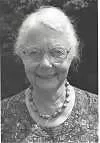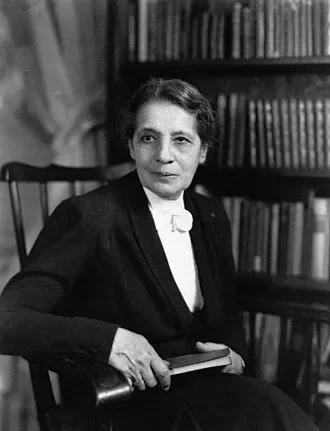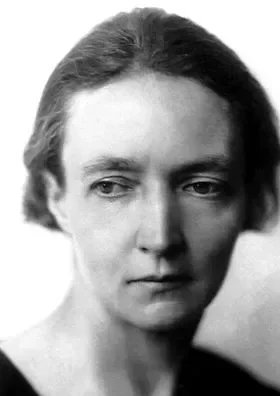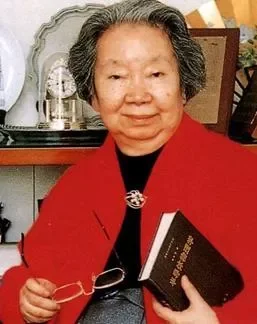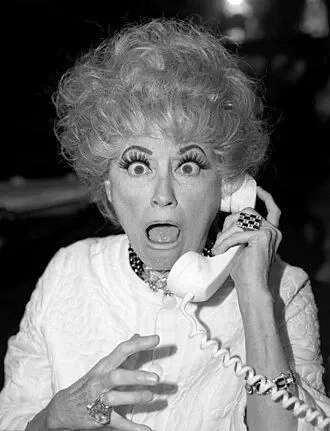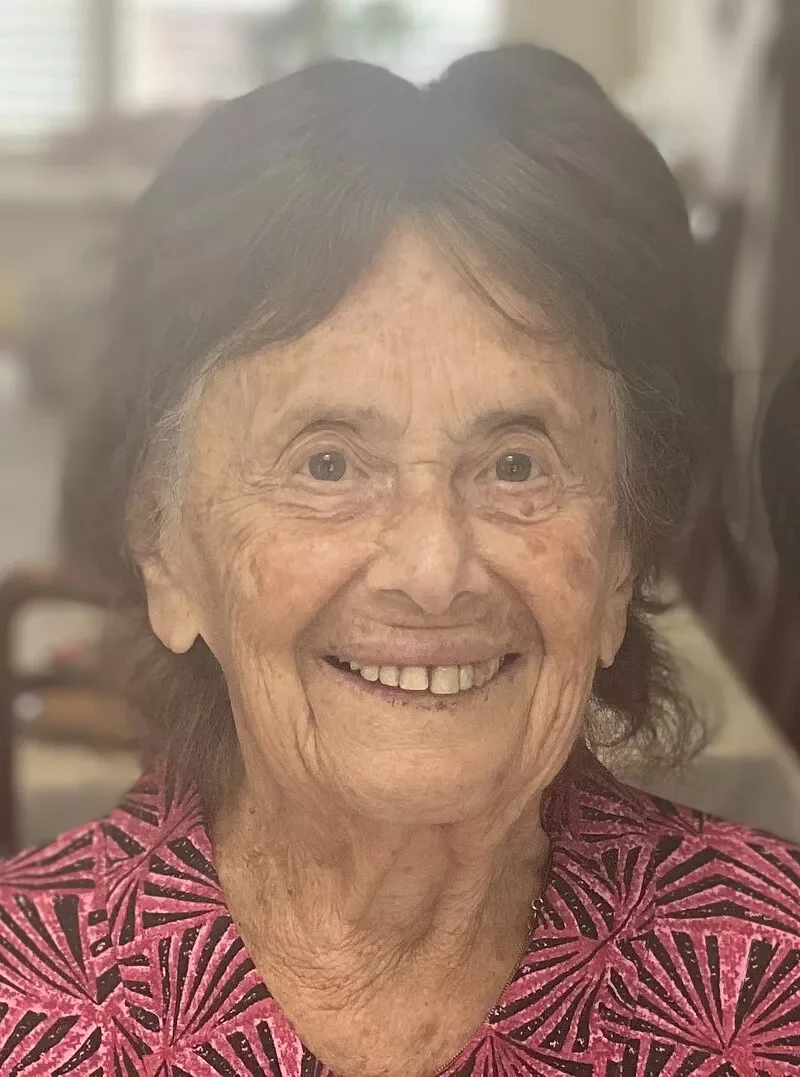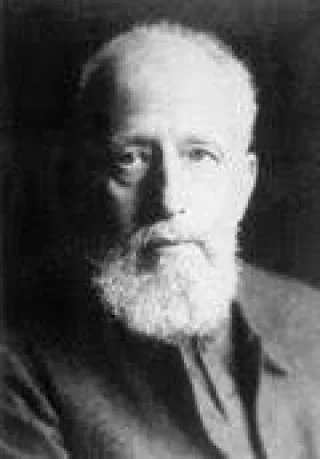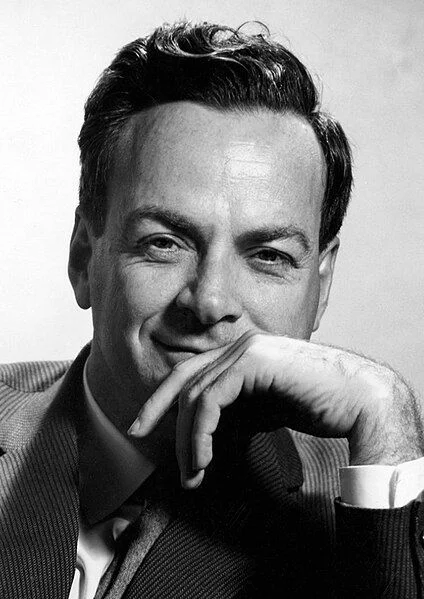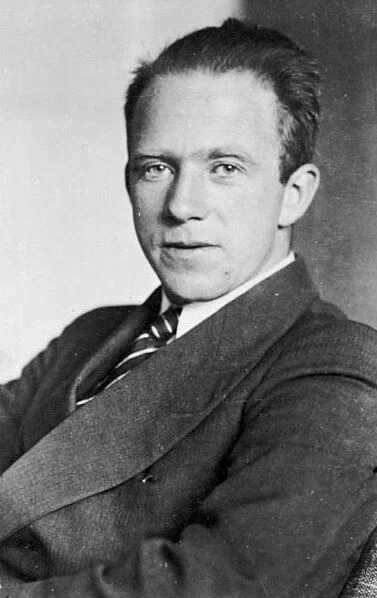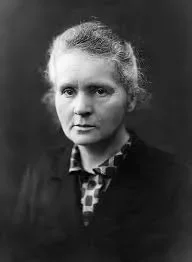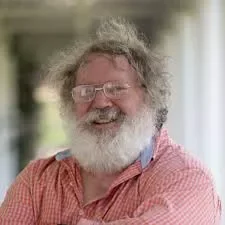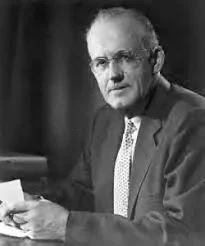Real Celebrities Never Die!
OR
Search For Past Celebrities Whose Birthday You Share

source:wikimedia.org
Ursula Franklin
Birthday:
16 Sep, 1921
Date of Death:
22 Jul, 2016
Cause of death:
Natural causes
Nationality:
German, Canadian
Famous As:
Metallurgist
Age at the time of death:
94
Early Life and Education
Ursula Franklin was a renowned Canadian metallurgist, physicist, and social activist whose work and ideas left an indelible mark on science, technology, and society. Her life demonstrates resilience, brilliance, and unwavering commitment to social justice.
Ursula Maria Martius, born September 16, 1921, in Munich, Germany, was raised in a family that cherished learning and the arts. Her mother was an art historian, and her father was a Lutheran archaeologist. Franklin’s childhood passion for science stemmed from her parents’ physicist friend, Hans Kuppenheim.
However, the rise of Nazi Germany significantly impacted Franklin’s development. In 1940, she moved to Berlin to begin her undergraduate studies in science. Because of her mother’s Jewish background, Franklin was imprisoned in a Nazi labor camp in 1943. Separated from her parents for 18 months, she suffered lifelong pain.
Despite these hardships, Franklin persevered. After the war, she completed her Ph.D. in experimental physics at the Technical University of Berlin in 1948.
A New Beginning in Canada
In 1949, Franklin immigrated to Canada, beginning a postdoctoral fellowship at the University of Toronto. This move marked the start of her career in North America. In 1952, she married Fred Franklin, a German immigrant and engineer. Together, they had two children: Martin (born 1955) and Monica (born 1958).
Professional Career and Achievements
Franklin’s Canadian career started at the Ontario Research Foundation; she was a senior scientist there from 1952 to 1967. She pioneered archaeometry at this time, integrating modern materials analysis into archaeological research.
Franklin became the first female professor in the University of Toronto’s Department of Metallurgy and Materials Science in 1967. In 1984, she achieved another milestone by becoming the first woman appointed University Professor at the University of Toronto, its most prestigious title.
Major Contributions and Impact
Although Franklin worked in diverse fields, her greatest achievements were in materials science and the societal impact of technology. Her groundbreaking research in the early 1960s on strontium-90 in children’s teeth resulted in a ban on atmospheric nuclear weapons testing.
As a metallurgist, Franklin’s expertise in analyzing ancient materials helped authenticate numerous archaeological artifacts. Her unique blend of science, technology, and social analysis distinguished her.
Franklin’s Massey Lectures from 1989, published as “The Real World of Technology,” are still a key text examining technology’s societal influence. She advocated a more comprehensive view of technology, encompassing its impact on human connections and society.
Ursuka Franklin's Quote's
Legacy and Later Life
Franklin was recognized with various awards during her career, like the Order of Canada and being inducted into the Canadian Science and Engineering Hall of Fame. A strong advocate for women in science, peace, and social justice, she infused these values into her research and public role.
Ursula Franklin passed away on July 22, 2016, in Toronto, at the age of 94. Her scientific contributions, writings, and the many people she inspired immortalize her legacy. Toronto’s Ursula Franklin Academy, a public high school built on her ideals, continues to reflect her vision of interconnected learning and social duty.
Franklin’s life and work show how science, combined with a strong social conscience, can have a significant impact. Scientists and activists are inspired by her interdisciplinary approach and dedication to using knowledge to improve society.
Name:
Ursuka Franklin
Popular Name:
Ursula Franklin
Gender:
Female
Cause of Death:
Natural causes
Spouse:
Place of Birth:
Munich, Germany
Place of Death:
Toronto, Ontario, Canada
Occupation / Profession:
Personality Type
Logician: Innovative inventors with an unquenchable thirst for knowledge. Franklin’s intellectual curiosity, independent research style, and focus on understanding systems (both scientific and social) suggest a logical, introspective personality driven by discovery.
Collected baby teeth in the 1960s to detect strontium-90, aiding the nuclear test ban.
Ursula Franklin Academy in Toronto is named after her.
Survived a Nazi labor camp during WWII due to her mother’s Jewish heritage.
Studied ancient Chinese bronzes, revealing technology’s social implications.
Named a Companion of the Order of Canada in 1992.
Received the Pearson Medal of Peace in 2001.
Won the Governor General’s Award in Commemoration of the Persons Case in 1991.
Inducted into the Canadian Science and Engineering Hall of Fame in 2012.
Pioneered archaeometry in Canada.

